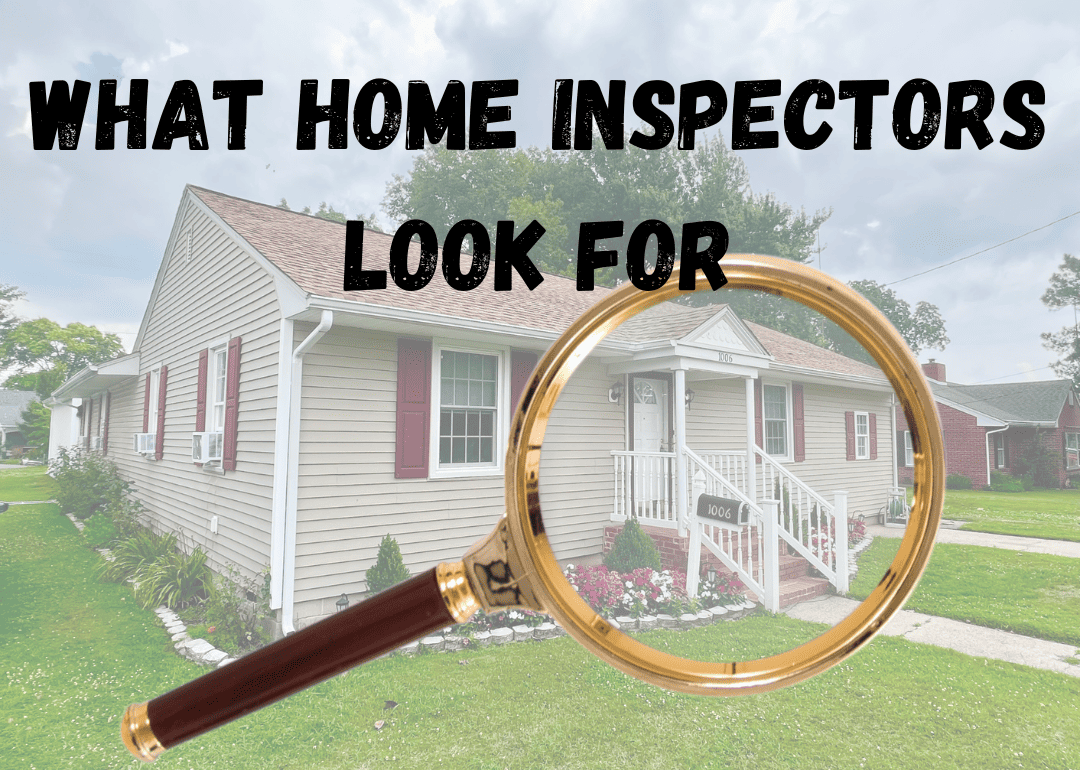Home inspectors complete a visual inspection of the accessible structural and mechanical systems & components installed in a property to determine deficiencies. Defective items are classified as material (adverse to home value or safety), major, minor, cosmetic, or near end of service life.
Depending on a Home Inspector’s professional certification, specific inspection checklists may vary slightly from the list below which was compiled based on the International Association of Certified Home Inspectors inspection checklist and the American Society of Home Inspectors Standard of Practice.
It’s always important to ensure you select a certified Home Inspector – here’s an article that provides additional guidance in selecting a qualified inspector.
What if the Home Inspector can’t inspect an item?
Home inspectors will state if they are unable to inspect any system or component and the reason why. Common reasons include that the component may be inaccessible or unable to be safely accessed, the component may not be present, or it may not be within the scope of the inspection.
How much detail is in a Home Inspection Report?
For items that are inspected, the Home Inspector will typically list how the component was accessed and inspected. They will also describe the materials when applicable.
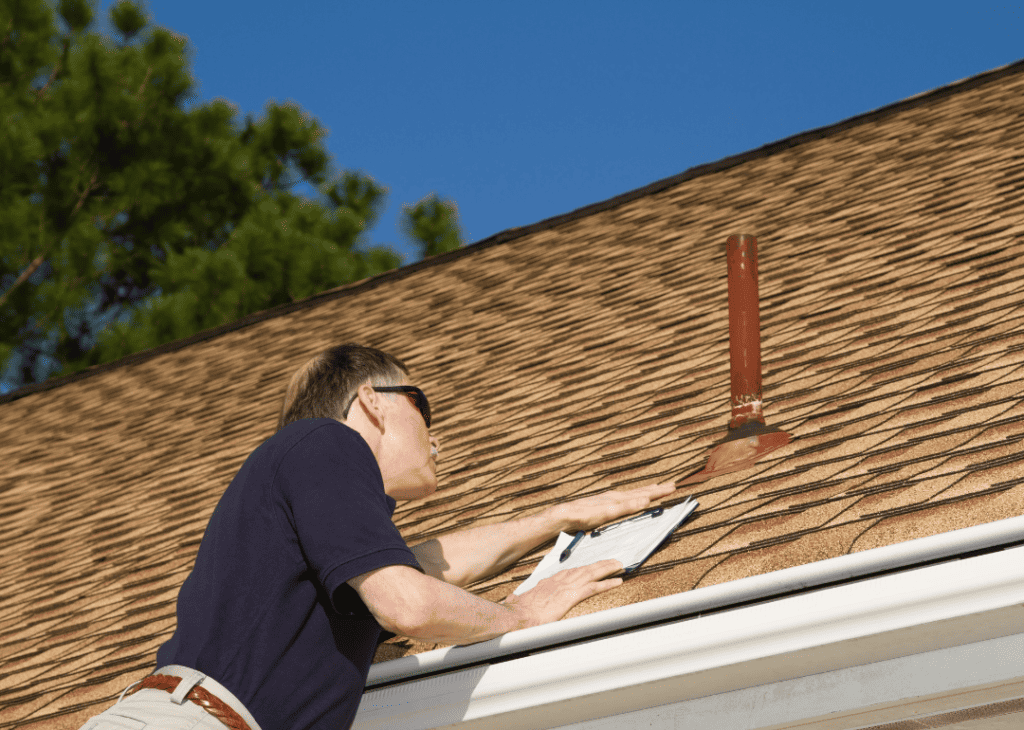
For example, when inspecting roof-covering materials, the inspector may complete a visual inspection from the ground using binoculars or a drone or a camera via an extension pole. They may view the roof from a ladder, actually walk onto the roof, or they may be able to observe roofing materials from a window.
They’ll then describe the roofing materials (asphalt shingles, wood or shake shingles, clay or cement tiles, slate, metal), their condition, and any concerns such as a leak or broken or missing materials. The overall roof condition will then be classified as defective if any deficiency is indicated; classifications typically include material, major, minor, or cosmetic. Further description of these classifications are included in this article.
Home Inspection Checklist:
Certified Home Inspectors follow industry standards to compete a visual inspection and assessment of the following property systems and components, identifying deficiencies:
What do home inspectors look at on the roof?
- Gutters
- Downspouts
- “Roof penetrations” which are objects that go through the roof and roofing materials and into the house interior like vents, flashing, skylights, and chimneys
- Roof-covering materials (shingles, metal, slate, etc.)
What do home inspectors look for on a home’s exterior?
- Wall-covering materials (vinyl or aluminum siding, stucco, wood or cement panel siding, brick or stone, EIFS, etc.)
- Eaves, soffits, and fascia, flashing, and trim
- Exterior Doors
- A sample of windows
- Exterior stairs, steps, stoops, ramps, and attached handrails
- Porches, decks, balconies, and attached railings
- Patios and carports
- Walkways and sidewalks, the driveway and parking area
- Any graded and/or drainage areas or retaining walls impacting the house and its drainage
- Other exterior Items including vegetation, sprinkler systems, pools/hot tubs, and outbuildings that are within the scope of the inspection
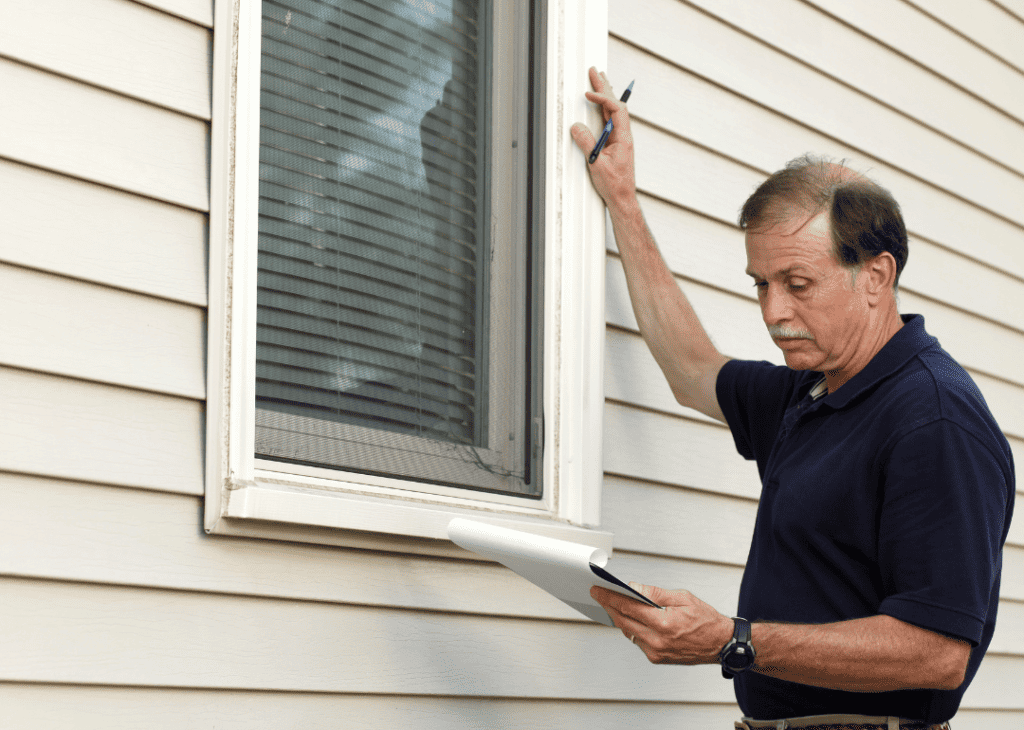
What do Home Inspectors look for in the basement, foundation, and crawlspace of a house?
- Inspectors will identify the type of foundation (basement, crawlspace, slab-on-grade, concrete block, poured concrete, etc.)
- Access to below grade areas will be identified, if applicable
- Indications of active water penetration or wood structural components in contact with the soil
- Indications of possible foundation movement
- Indications of cutting, boring, or damage to framing
What do Home Inspectors look for in heating and cooling systems?
- Inspectors will identify the energy source and method for heating (natural gas, electricity, wood, solar, geothermal, fuel oil, propane, coal, kerosene, pellets, etc.)
- Inspectors will identify the energy source and method for cooling (central air, split or ductless, window or through-wall units, portable units, etc.)
- Location and functionality of thermostats
- Location of fuel storage systems
- Location of the main fuel supply shut-off valve

What do Home Inspectors look for in the plumbing system?
- Location of the main water supply shut-off valve
- Static water-pressure reading
- Water-heating equipment functionality and capacity
- Interior water supply when two fixtures are running simultaneously
- All faucets and fixtures for flow, damage, and functionality of both hot and cold
- All toilets for functionality, damage, and leaks
- All sinks, tubs, and showers for functionality and drainage
- Drain, waste, and vent system including sump pumps
What do Home Inspectors look for in the electrical systems?
- Location of electric meter and base
- Electric panel, circuit breakers and fuses
- All smoke and carbon-monoxide detectors will be tested for functionality and age and any areas where detectors should be but are not will be identified
- A sample of switches and attached lighting fixtures
- A sample of receptacles/outlets
- Arc-Fault Circuit Interrupter (ACFI) receptacles will be tested with the reset button
- Ground-Fault Circuit Interrupter (GFCI) receptacles will be tested using a GFCI tester and any areas where outlets should be GFCI will be identified
- Location of service drop, overhead service conductors, service-head, service-mast, service grounding, etc.
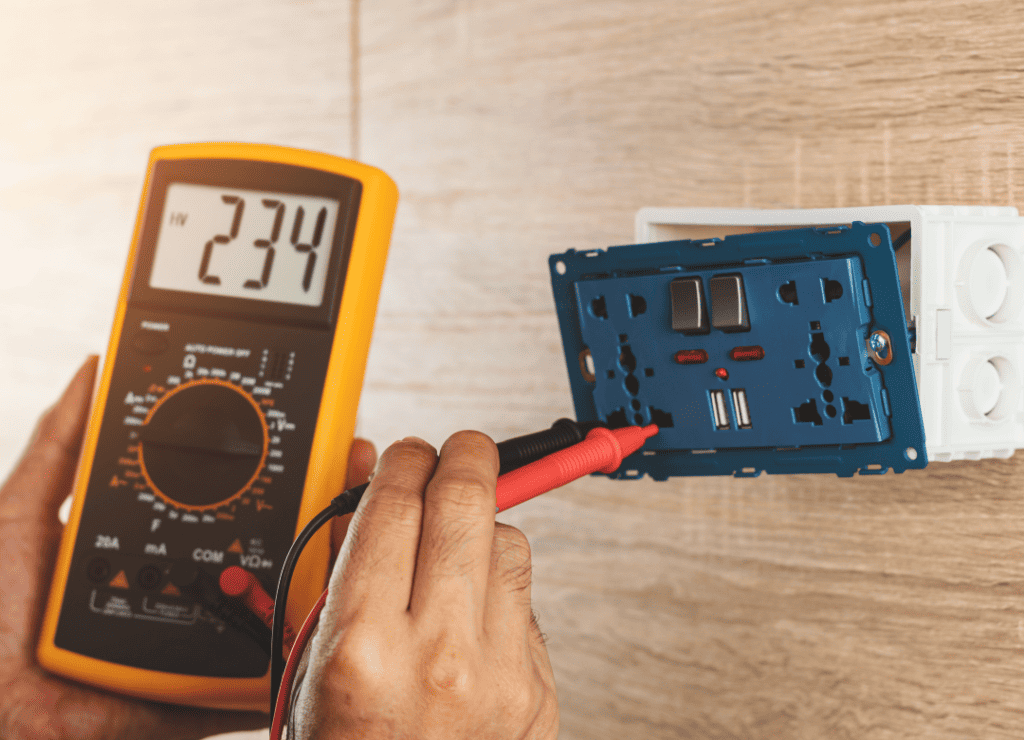
What do Home Inspectors look at inside the house that isn’t part of a system?
- Doors
- Windows
- Floor Coverings
- Walls and Ceilings
- All stairs, steps, landings, stairways and ramps
- Railing and handrails – look for improper spacing or loose areas
- Garage doors and openers
- Attic and basement
- Appliances
What appliances do Home Inspectors look at?
- Dishwasher
- Washer and Dryer
- Stove, range, cooktops, ovens
- Built-In Microwave
- Garbage Compactor and Disposal
- Doorbell
- Central vacuum system
- Intercom system
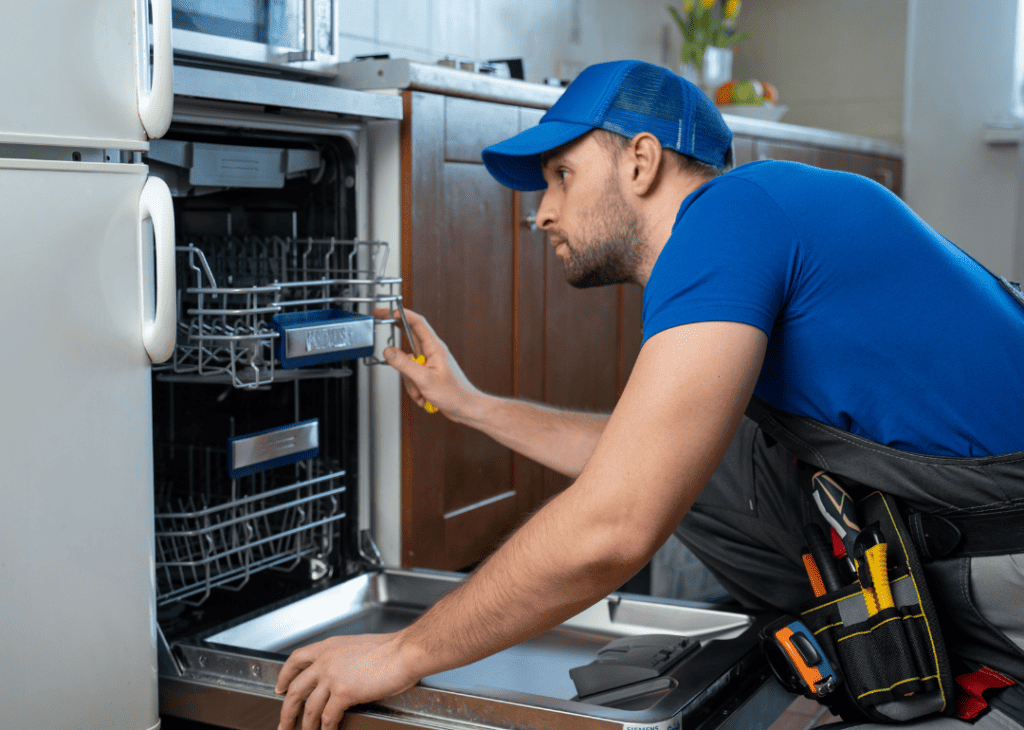
What do Home Inspectors look for in the attic?
- Insulation in unfinished areas will be observed and the approximate depth or thickness will be recorded
- Ventilation from and through the attic including
- Mechanical exhaust systems venting through the attic from the kitchen and bathrooms
- Venting and exhaust systems for laundry areas (may not be through attic)
What do Home Inspectors look at with a fireplace?
- Inspectors will visually inspect visible portions of the fireplace and chimney for damage including lintels above the opening and cleanout doors and frames
- Damper doors will tested by opening and closing them if accessible
- Inspectors will look at the exterior chiming for indications of joint separation or damage, and hearth condition and size
- Many Home Inspectors will not perform a full chimney inspection (there are companies that specialize in this and chimney cleaning)
How will the Home Inspector classify defects in the home inspection report?
According to the International Association of Certified Home Inspectors (InterNACHI), home inspectors may describe defects using the following terms:
- “A material defect is a specific issue with a system or component of a residential property that may have a significant, adverse impact on the value of the property, or that poses an unreasonable risk to people.” The key terms here are a significant, adverse impact on value or an unreasonable risk to people.
- “A major defect is a condition of a system or component that renders it non-working, non-performing, non-functioning or unsafe, and requires a professional contractor to further evaluate and repair, correct or replace.”
- “A minor defect is a condition of a system or component that renders it non-working, non-performing, or non-functioning, and may be repaired, corrected or replaced by a professional contractor or the homeowner.”
- “A cosmetic defect is a superficial flaw or blemish in the appearance of a system or component that does not interfere with safety or functionality.”
- Inspectors will also identify those systems and components that may be functioning but are nearing the end of their service life.

